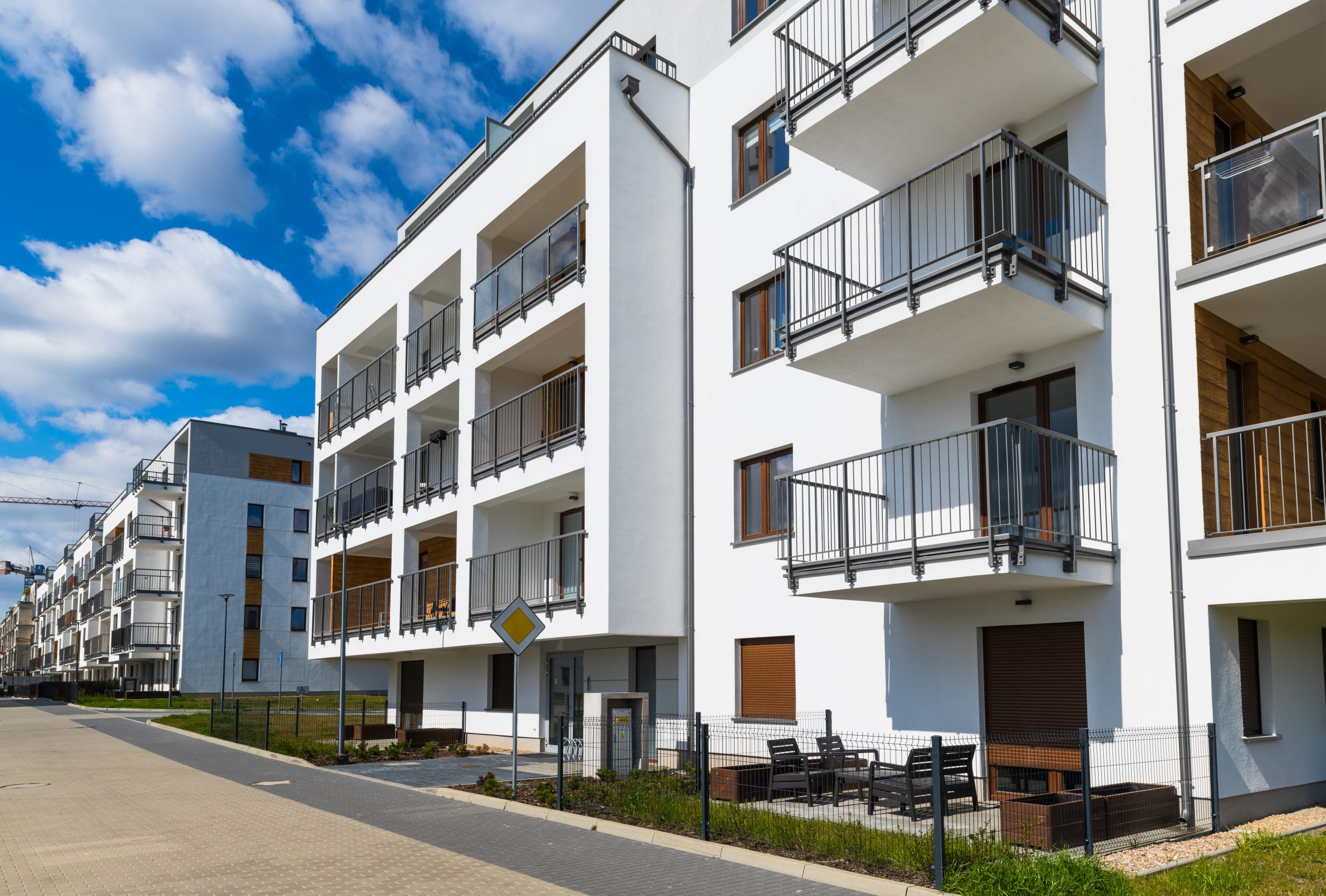The Fire Safety Act 2021 and the recently proposed Building Safety Bill contain express provisions for the maintenance of doors between leaseholders’ individual premises and a building’s common parts.
In the case of Marlborough Knightsbridge Management Ltd v Fivaz (2021) EWCA Civ 989, the Court of Appeal had to decide whether the front entrance door to a long leasehold flat was a freeholder’s fixture or something else.
Brady Solicitors’ Jeremy Weaver takes a look at the case, explains why it matters, and offers advice for freeholders, RMCs and their managing agents.

The issue arose because the leaseholder had replaced the front door to his flat. The freeholder contended that this was a breach of lease under a covenant that stated:
“Not at any time during the said term […] to remove any of the freeholders fixtures therefrom without first having made a written application”.
The freeholder contended that the front door was a freeholder’s fixture. It is relevant to note that the lease was silent on the entrance doors – they were neither expressly part of the demise, nor reserved to the freehold. Express clauses in a lease will override the position found in this case.
The lease was also silent on what a freeholder’s fixture was, which was criticised by the Court of Appeal in reaching its decision. It is always better to clearly define terms in a lease. If freeholders do not do so and there is subsequently doubt over what the lease means, it will more often than not be construed against the freeholder.
The First-tier Tribunal held that the leaseholder had breached the covenant as the door was a freeholder’s fixture.
The Upper Tribunal overturned this decision finding that the door formed part of the land demised to the leaseholder and, as such, he had not breached the lease by changing it.
The Upper Tribunal found that the parties accepted that the door was part of the “Demised Premises” within the terminology of the lease. Added to that, the repair obligations imposed an obligation on the leaseholder to repair the Demised Premises and all parts thereof, which expressly included an obligation to repair the entrance door. The freeholder appealed this decision.
The Court of Appeal decided that the front door was not a freeholder’s fixture, it was part of the original structure of the flat.
The front door was seen as essential to the structure of the property since it afforded privacy and security to the leaseholder and that the construction of a flat would be considered incomplete if the entrance door had not yet been hung.
The Court of Appeal stated that some things annexed to land remain chattels after they are annexed, and the example used was pictures hung on a wall. However, some things may be made so completely part of the land as being essential to its convenient use that even the leaseholder could not remove them, and the example given for this was doors and windows. These sorts of items are not chattels or fixtures as they have become a part of the land itself.
This decision does not mean that the leaseholder can do what they like with the front entrance door even where it is demised to them, and they are responsible for maintaining it.
Under the Fire Safety Act 2021, doors between domestic premises and common parts are subject to the inspection and enforcement regime under the 2005 Regulatory Reform (Fire Safety) Order. The Building Safety Bill, as introduced, would also enable powers for the Accountable Person to compel a leaseholder to address any safety issues arising from their doors.
The points to take away when considering these sorts of issues are:
- Each lease must be reviewed carefully to determine the position.
- The courts will construe particular lease covenants in light of the words used in the lease.
- Clear drafting of leases is vital.
- If you are uncertain as to the contractual position, seek legal advice.





